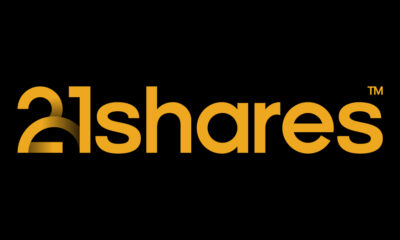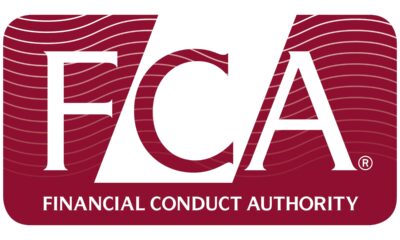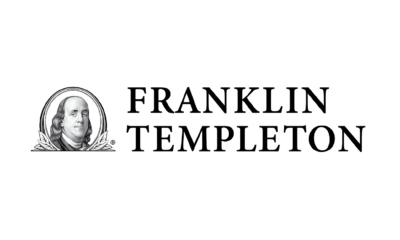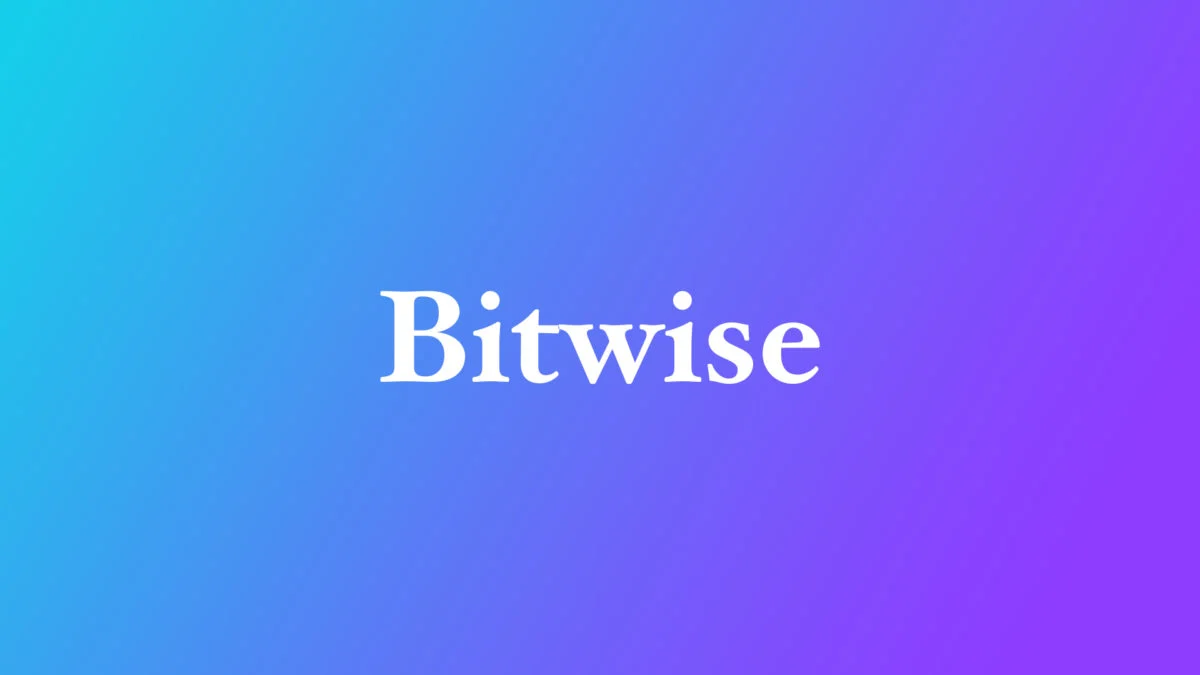Nyheter
DBXY ETF spårar brittiska mid cap aktier
-

 Nyheter2 veckor sedan
Nyheter2 veckor sedanDe bästa ETFer som investerar i europeiska utdelningsaktier
-

 Nyheter3 veckor sedan
Nyheter3 veckor sedanYieldMax® lanserar sin andra produkt för europeiska investerare
-

 Nyheter3 veckor sedan
Nyheter3 veckor sedanBig News for Nuclear Energy—What It Means for Investors
-
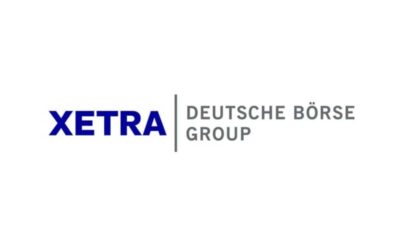
 Nyheter4 veckor sedan
Nyheter4 veckor sedanNya börshandlade produkter på Xetra
-

 Nyheter3 veckor sedan
Nyheter3 veckor sedan3EDS ETN ger tre gånger den negativa avkastningen på flyg- och försvarsindustrin
-

 Nyheter2 veckor sedan
Nyheter2 veckor sedanSvenska investerare — 21Shares Nasdaq Stockholm-sortiment har just blivit starkare
-

 Nyheter2 veckor sedan
Nyheter2 veckor sedanNordea Asset Management lanserar nya ETFer på Xetra
-

 Nyheter4 veckor sedan
Nyheter4 veckor sedanHANetfs VD Hector McNeil kommenterar FCAs kryptonyheter



